This essay briefly introduces and contextualizes the extant work on aesthetic snobbery, and identifies some areas for further inquiry. Currently four kinds of snobbery have been identified—social con…
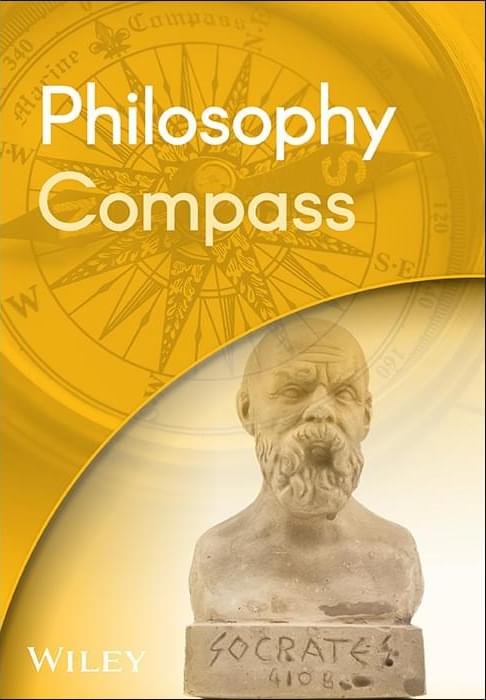


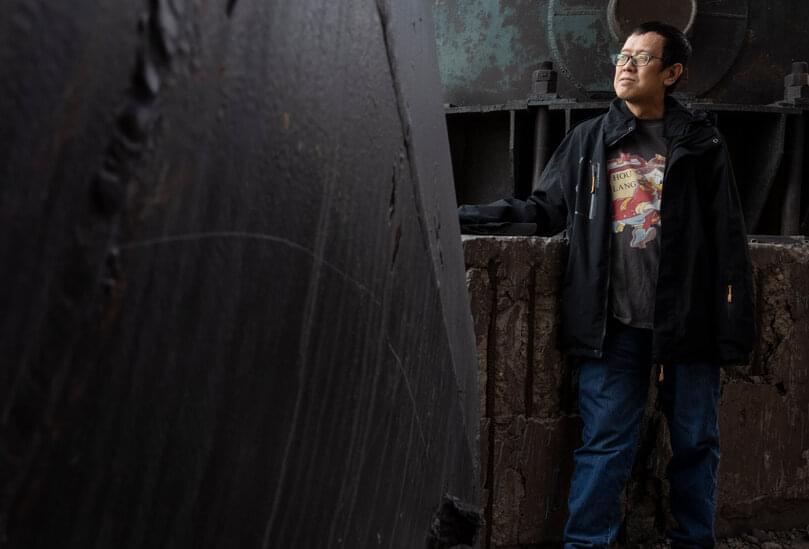
This is a 1 hour 45 minute talk by Joscha Bach (http://bach.ai/) given in our Center.
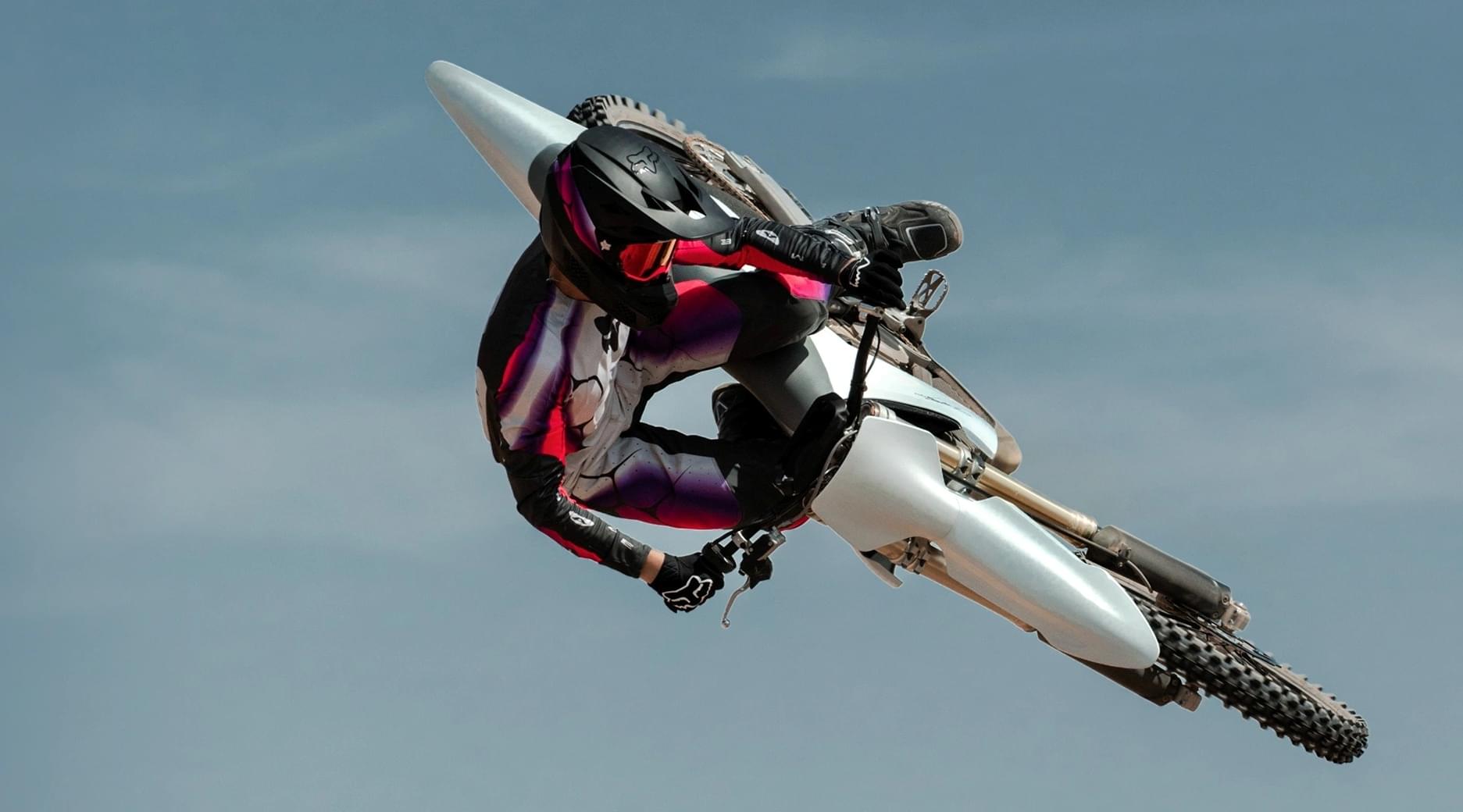
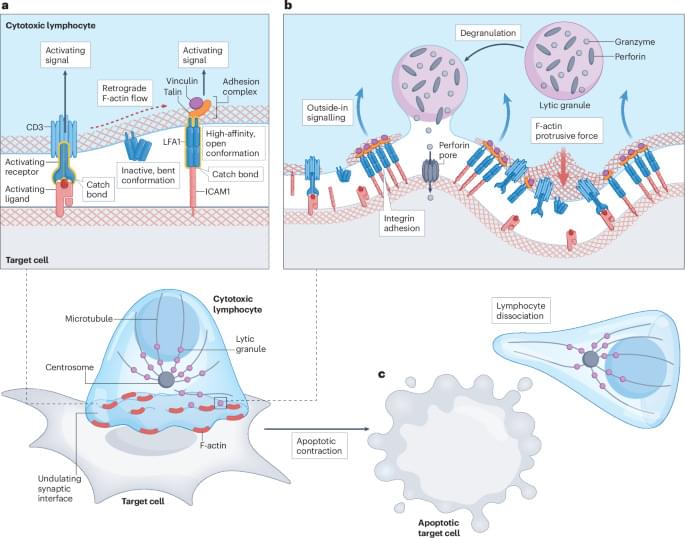

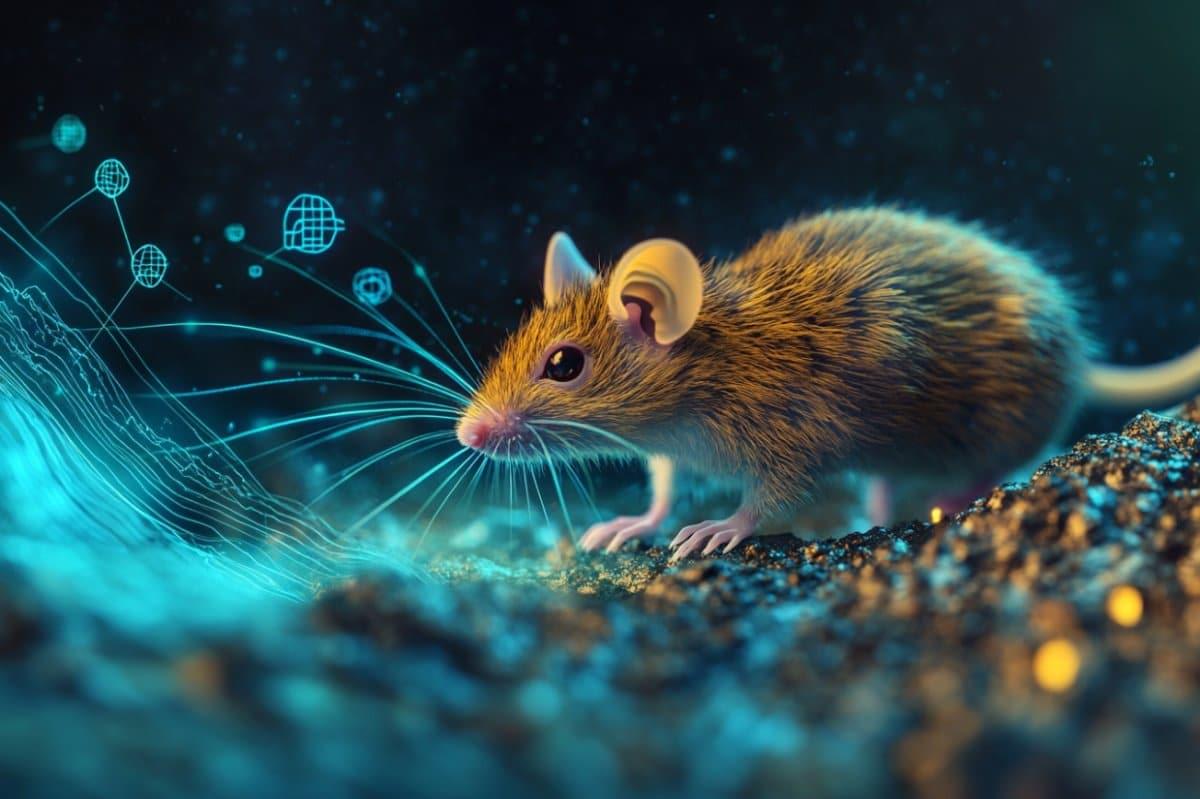
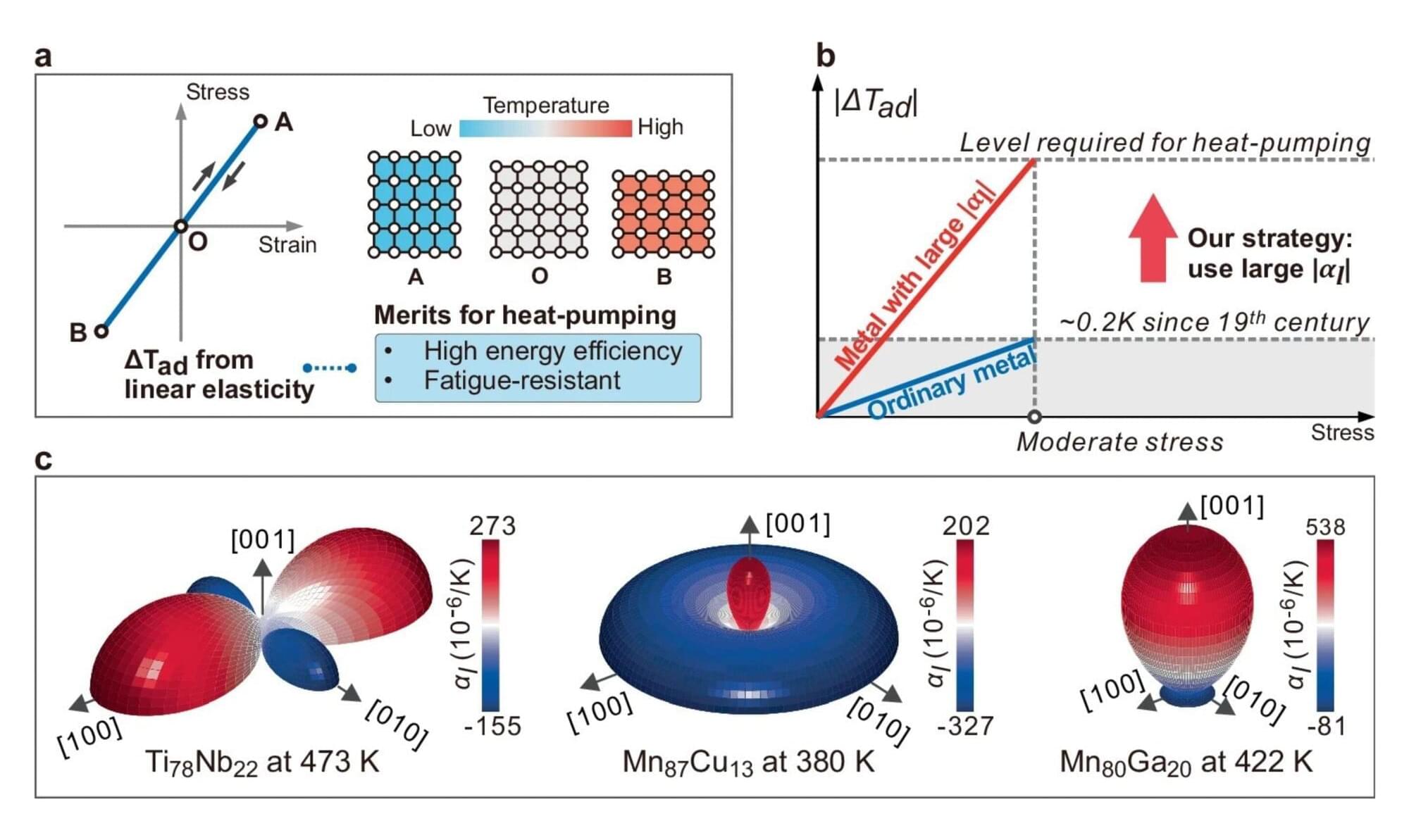
Researchers at the School of Engineering of the Hong Kong University of Science and Technology (HKUST) have developed a novel elastic alloy called Ti78Nb22, which achieves remarkable efficiency for solid-state heat pumping and exhibits a reversible temperature change (ΔT) ability that is 20 times greater than that of conventional metals when stretched or compressed, offering a promising green alternative to traditional vapor-compression heating and cooling technologies.
Only a tiny fraction of the deep ocean is explored, leaving 66% of Earth’s surface largely unseen. Researchers urge global, inclusive efforts to map and protect this vast and vital ecosystem. In a groundbreaking study published in Science Advances, researchers from the Ocean Discovery League reve